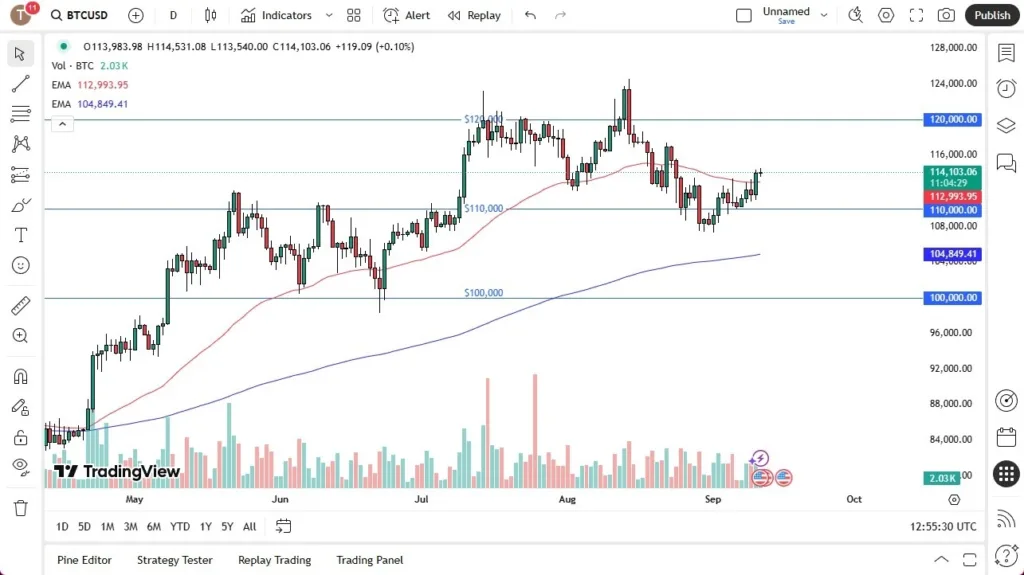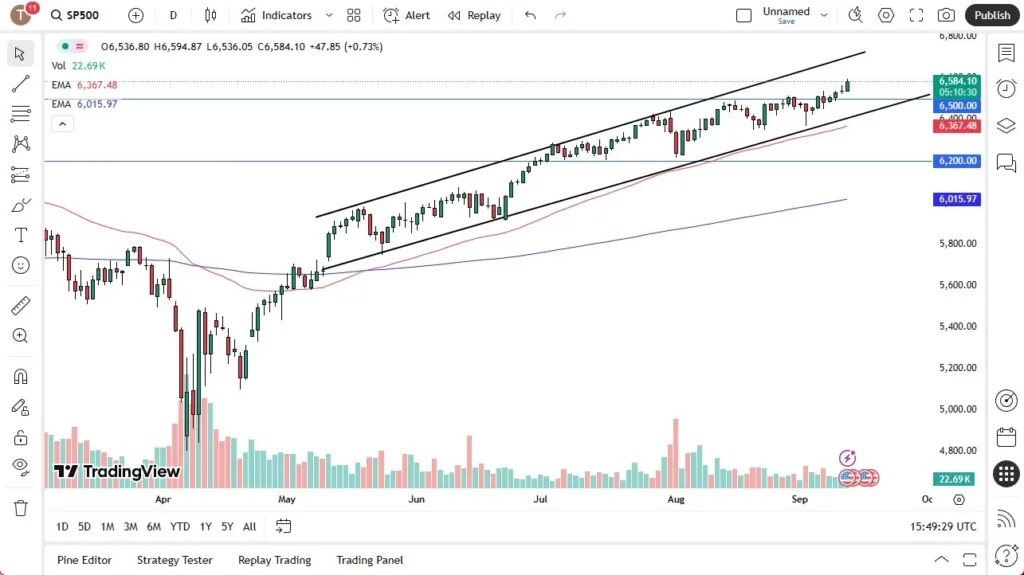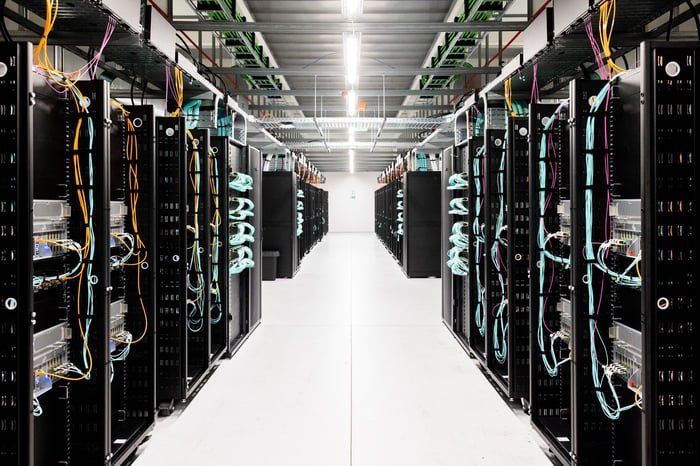On September 12, the Shanghai Composite Index broke through its previous high of 3,888.60 points during trading, setting a new phase high; the Shenzhen Component Index rose above the 13,000-point mark during trading, reaching its highest level since July 2022. Morgan Stanley noted that U.S. investors’ interest in Chinese equities has risen to its highest level in five years.
During the Asian trading session on Friday (September 12), the Shanghai Composite Index broke through its prior high of 3,888.60 points during trading, reaching a new phase high. The Shenzhen Component Index rose above the 13,000-point mark during trading, hitting its highest level since July 2022, with intraday gains exceeding 0.4%.
In terms of market performance, the non-ferrous metals sector in China’s A-share market continued to rally, with copper-related stocks experiencing a short-term surge, and activity was also seen in Hainan Free Trade Zone shares.Sector movementssurged. According to media reports, relevant national authorities are studying policies on duty-free imports for residents of Hainan Island and planning a new round of optimizations for the offshore duty-free policy.
 As of this writing, the aggregate turnover of the Shanghai and Shenzhen stock markets exceeded RMB 1 trillion for the 77th consecutive trading day.
As of this writing, the aggregate turnover of the Shanghai and Shenzhen stock markets exceeded RMB 1 trillion for the 77th consecutive trading day.
The Hong Kong stock market also showed strong performance, with both the Hang Seng Index and the Hang Seng Tech Index surging after a significant gap-up opening on Friday. Auto and technology internet stocks soared, with Alibaba rising over 6%, extending its gains to a near four-year high. Pharmaceutical stocks rebounded.
Industry insiders stated that multiple factors contributed to the market surge. Looking ahead, driven by positive domestic and external factors, China’s A-share market is expected to maintain a long-term upward trend. Key areas of focus include AI, Hong Kong-listed internet companies, anti-involution strategies, and non-banking financial sectors.
Guotai Fund stated that the bull market foundation remains intact, and they continue to be optimistic about the market’s upward trend amid fluctuations. On the macro level, the domestic risk-free return is declining, capital market reforms are accelerating, Sino-US relations remain stable overseas, and expectations of an interest rate cut by the Federal Reserve have been confirmed, collectively driving the index center to rise step by step. Investors are reminded that in a rising market, it is necessary to objectively assess asset valuations and their own risk tolerance to avoid blindly chasing highs due to short-term profit effects.
Everbright Baode Fund stated that in the medium term, the logic of the US dollar interest rate cut cycle has not changed. Overseas, factors such as increasing long-term US debt pressure have weakened the US dollar’s safe-haven attributes; domestically, further ‘anti-involution’ measures will help balance supply and demand, and investment opportunities from the ’15th Five-Year Plan’ industrial prospects remain to be explored. Driven by favorable factors both internally and externally, China’s A-share market is expected to maintain a long-term positive trend.
In terms of sectors, Guotai Fund stated that the following directions remain favorable in the medium term:
First, the AI sector. AI remains the direction with the strongest fundamental momentum. Overseas, token demand is growing rapidly, while CPX is driving new demand cycles for PCBs and 1.6T optical modules.
Second, Hong Kong-listed internet companies. The Hang Seng Tech Index has significantly underperformed A-share TMT since June, particularly being affected by market sentiment awaiting the Federal Reserve’s stance starting in August. After the Fed confirmed the interest rate cut, these stocks are expected to catch up.
Third, the ‘anti-involution’ push is further improving the competitive landscape of the new energy sector, with photovoltaics, lithium batteries, and wind power being three key areas worth watching.
Fourth, non-banking finance. In the long term, stabilization and recovery of China’s asset risk preference provide support. In the medium term, this sector meets the ‘three-low’ screening criteria: low PE percentile, low PB percentile, and low public fund allocation coefficient, with fundamentals showing positive marginal changes.
On the foreign capital front, several newly released data points confirm the strong performance of the Chinese market.
The latest data from Goldman Sachs Research shows that in August, global hedge funds’ net purchases of China reached their highest level since September of last year; gross positions in China hit a two-year high.
The latest report released by the Institute of International Finance (IIF) shows that in August, foreign investors poured nearly $45 billion into emerging market stock and bond portfolios, marking the largest inflow in nearly a year. Of this, funds flowing into China’s investment portfolio accounted for the majority, with combined net inflows of Chinese bonds and stocks reaching $39 billion in August.
Morgan Stanley said on Thursday that more than 90% of U.S. investors have explicitly expressed their willingness to increase exposure to the Chinese stock market, marking the highest level since the peak of China’s equity market in early 2021. The report noted that U.S. investors are particularly interested in areas such as humanoid robotics, biotechnology, and new consumer companies.
Moreover, U.S. investor interest extends beyond Chinese stocks listed in the U.S. to include the onshore A-share market. Morgan Stanley pointed out that some quantitative funds and macro funds are increasing their allocation to the Chinese market through A-share exchange-traded funds and index futures products.







